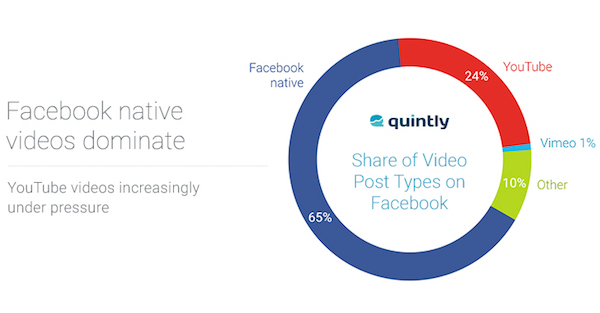If there s a more perfect setting for brand matrimony than the CES show in Las Vegas, we d love to hear your argument preferably at one of the 1,574 hosted parties. Just like Britney Spears 2004 New Year s Eve Sin City nuptials that lasted a whopping 55 hours, when brands unite to work happily ever after at the year s biggest electronics show, there s plenty of mutual lust, infatuation and love for one another. One specific marriage that s as common as a Kardashian alpha union these days are cars connecting with tech brands to merge expertise in their respective fields. They just so happen to last longer and actually yield results for the betterment of Mankind.
Ford
The CES proceedings got off to a promising start at the end of last year when Google partnered with Ford to build self-driving cars. Google already has 53 test vehicles on the road with 1.3 million miles logged in autonomous driving. Ford came to CES to say it ll be tripling its autonomous car fleet; the expansion will make it the largest in the auto industry, Raj Nair announced. The car manufacturing company will have 30 fully autonomous Ford Fusion Hybrid test cars hitting the road for 2016 in California, Arizona and Michigan. The pairing of the car and tech titans undoubtedly combines strengths and resources, and lays out the framework for the future of driving.
Ford didn t stop there. They also announced they re working with Amazon and Internet of Things platform Wink toward granting their car owners access to their connected-home devices from their cars, and vice versa. Soon, you ll be able to ask Alexa through Sync Connect to start your car, open a garage door, turn on home lighting, check a thermostat setting and inquire on the estimated time of arrival for your vehicle from inside your home. The people unhappiest about this development Teenaged children borrowing their parents car Saturday night.
General Motors
Lyft announced that General Motors invested $500 million in the company. The partnership, announced Monday previous to CES, will build a fleet of self-driving cars that can work on the Lyft platform, and where Lyft drivers can also rent GM vehicles from.
We see the future of personal mobility as connected, seamless and autonomous, said GM president Dan Ammann. With GM and Lyft working together, we believe we can successfully implement this vision more rapidly.
John Zimmer, president and co-founder of Lyft, said: Working with GM, Lyft will continue to unlock new transportation experiences that bring positive change to our daily lives. Together we will build a better future by redefining traditional car ownership.
This is an interesting development because the autonomous vehicle trend is now married to the I don t want to buy a car / let s Lyft, instead culture and crowd.
Delphi
Delphi introduced the automated vehicle at CES 2015, and this year, it took active safety and automated driving to the next level by incorporating vehicle-to-everything capabilities by using advanced software and hardware to communicate with streets, signs, traffic lights, other cars and even pedestrians.
We imagine a world with zero traffic accidents, said Jeff Owens, Delphi chief technology officer. To get there we will need a convergence of active safety, sensor fusion, connectivity platforms and advanced software. Delphi has proven we are the only company that has the right mix of all of these.
Toyota
Toyota announced it will be adding cellular data connections to a broader range of vehicles by adopting Ford SmartDeviceLink Software the car makers open-source smartphone app interface software. The app allows Spotify, Glympse, iHeartRadio and other smartphone apps to be easily accessed by drivers using voice recognition and dashboard controls. PSA Peugeot Citroën, Honda, Subaru and Mazda are also now thinking about adopting this technology for their cars, Ford announced.
The true benefit of a common smartphone app communications interface is that it creates an industry standard enabling great experiences for customers while allowing different companies the freedom to differentiate their individual brands, said Don Butler, Ford executive director, Connected Vehicle and Services. Ford is making the software available as open-source, because customers throughout the industry benefit if everybody speaks one language.
Kia
Kia recently announced plans to manufacturer partially-autonomous cars by 2020, and aims to bring its first fully-autonomous vehicle to market by 2030. At CES, they introduced the launch of a new sub-brand drive wise to encompass its future Advanced Driver Assistance Systems (ADAS) a $2 billion investment program over the next two years. Drive Wise will enable Kia to introduce intelligent safety technologies to its future model range, helping to eliminate potential dangers and, for many, the boredom of driving, while changing the ways in which owners interact with their vehicles.
Kia is undergoing a very promising and gradual process of introducing partially and fully autonomous technologies to its vehicles, said Tae-Won Lim, Hyundai Motor Group s senior vice president of central advanced research and engineering institute. Although the first marketable fully-autonomous car from Kia will not be available in the immediate future, the work our R&D teams are currently doing to develop our range of Drive Wise technologies is already improving on-road safety and driver assistance. The innovations presented at this year s show demonstrate the future direction we are taking.
Fiat
Fiat announced new fourth-generation Uconnect Systems in which Apple CarPlay and Android Auto will be available globally in select Chrystler and Dodge models during 2016.
“The Uconnect team is evolving Uconnect and making it even better,” said Joni Christensen, head of Uconnect Marketing, Fiat. “With the launch of the fourth generation of Uconnect systems, we are continuing to minimize the everyday stresses of busy lifestyles by providing drivers with a variety of ways to stay conveniently connected to their vehicles, while making every drive exceptionally informative, entertaining and unique.”
Volkswagen
Dr. Herbert Diess, chairman of the Volkswagen passenger cars brand, held a keynote discussing the latest developments in electromobility as well as the next generation of connectivity.
“The new world will be defined by automated driving, Diess said shortly after unveiling the brand s newelectric Microbus dubbed Budd-e and the e-Golf Touch.
Nvidia
Nvidia unveiled new self-driving car tech at CES that has the power of 100 MacBook Pros.The Nvidia Drive OX 2 allows the automotive industry to use artificial intelligence to tackle the complexities inherent in autonomous driving. It utilizes deep learning on Nvidia s most advanced GPUs for 360-degree situational awareness around the car, to determine precisely where the car is and to compute a safe, comfortable trajectory.
“Drivers deal with an infinitely complex world,” said Jen-Hsun Huang, co-founder and CEO, Nvidia. “Modern artificial intelligence and GPU breakthroughs enable us to finally tackle the daunting challenges of self-driving cars.
“Nvidia s GPU is central to advances in deep learning and supercomputing. We are leveraging these to create the brain of future autonomous vehicles that will be continuously alert, and eventually achieve superhuman levels of situational awareness. Autonomous cars will bring increased safety, new convenient mobility services and even beautiful urban designs providing a powerful force for a better future.”
Panasonic
Panasonic is bringing the studio to the 2017 Acura NSX via ELS Studio. The electronics company collaborated with multiple Grammy Award winning producer and engineer Elliot Scheiner and luxury vehicle manufacturer Acura to bring studio quality sound to the vehicle.
Panasonic also partnered with Lincoln for the 2017 MKZ Hybrid to provide Sync 3 communications and entertainment system along with lithium-ion battery.
The Sync 3 infotainment, developed in collaboration with Panasonic, features improved user responsiveness, enhanced voice recognition, hands-free calling, and capacitive touch screen with swipe capability. “Luxury consumers have high expectations that their infotainment systems will provide an experience that is as responsive and elegant as their mobile devices,” said Tom Gebhardt, president of Panasonic Automotive. “Despite the fact that vehicles are infinitely more complicated than tablets and smartphone, with Panasonic’s history in both consumer electronics and automotive, we have been able to expertly marry the two worlds and create a vehicle experience that is smart and sophisticated.”
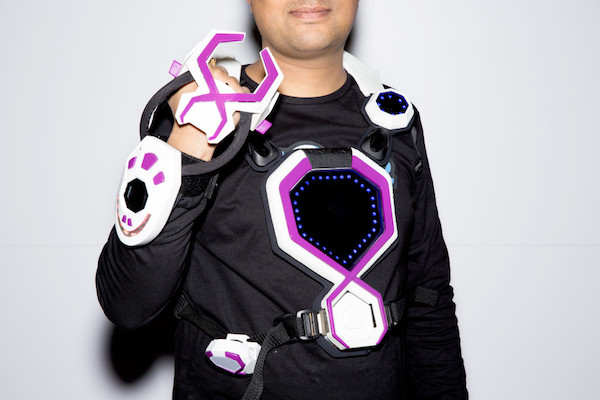
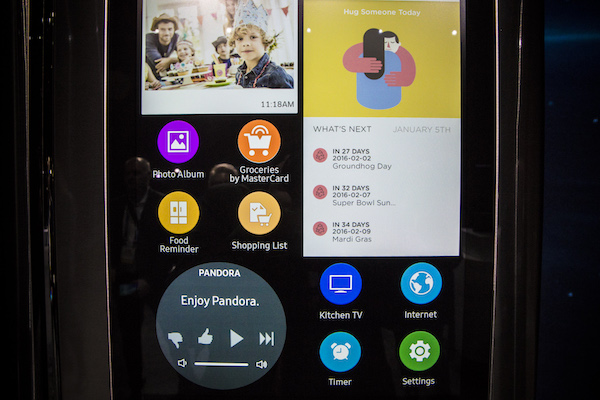
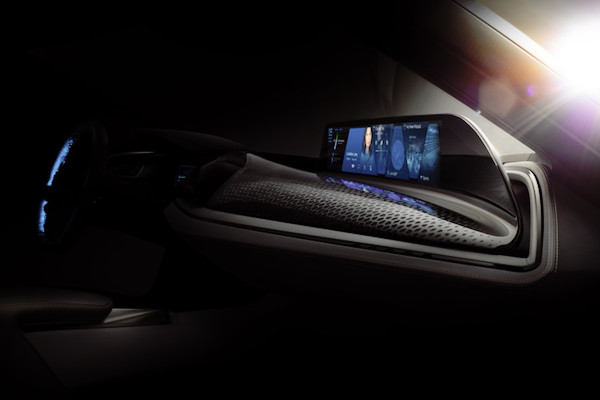
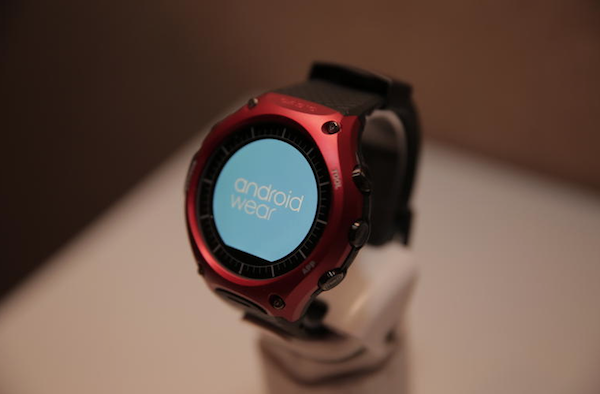
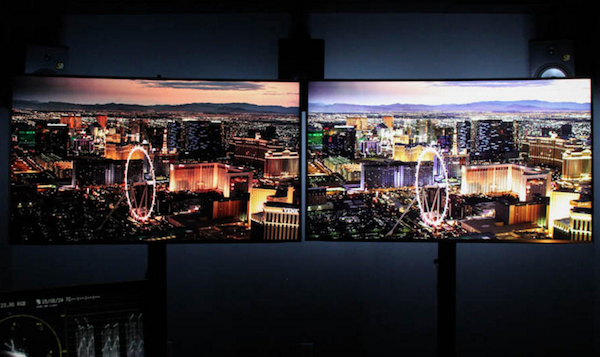
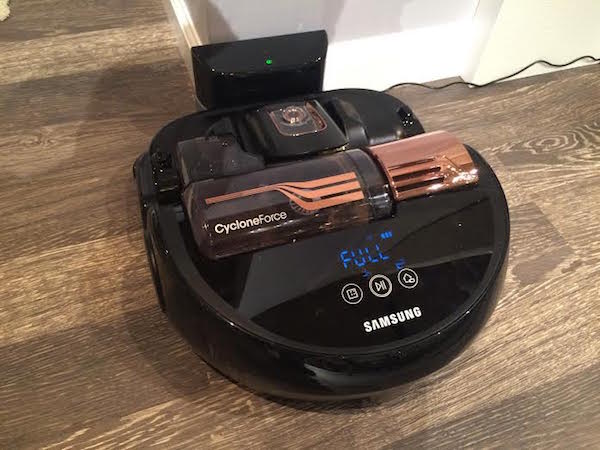
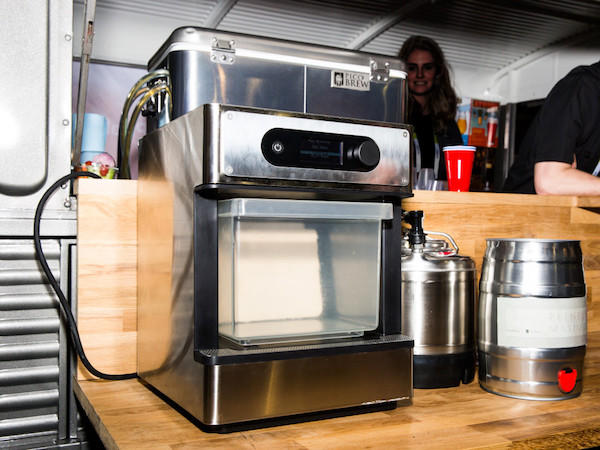
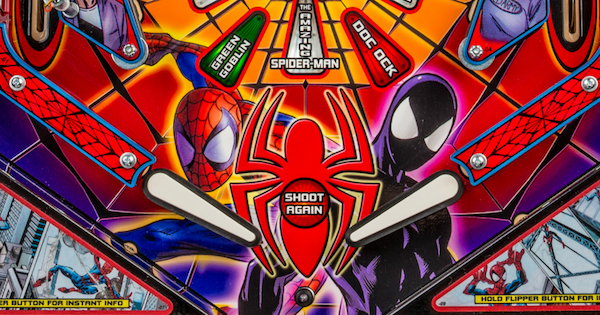
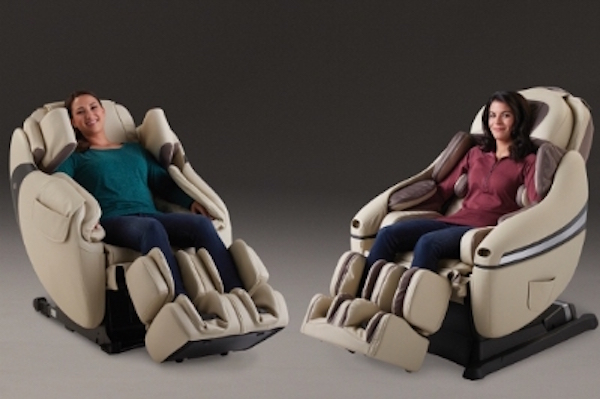
 In what ways do you think Asian mobile game companies will look to expand internationally
In what ways do you think Asian mobile game companies will look to expand internationally 